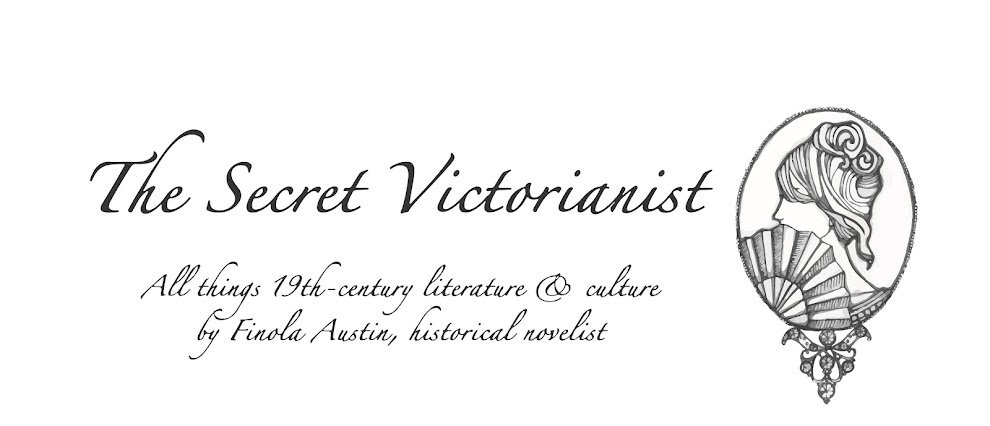Dripping with sensuality, dancing
with tragedy and ripe with secrets, Serena Burdick’s debut novel, Girl in the Afternoon (2016), brings to
life Belle Epoque Paris through the eyes of Aimee, an aspiring painter from a
wealthy but dysfunctional family. Aimee is a protégé of Edouard Manet and, at
eighteen, has already suffered from losing the man she loves (her stepbrother
Henri) and suffering the ultimate betrayal at the hands of her coquettish and
unpredictable mother, Colette.
Girl in the Afternoon is
subtitled ‘A Novel of Paris’ and it is in capturing France — the city, the
countryside and the people — that is most successful. The transition to England
in the latter half of the novel is a little jarring and I was pleased when we
returned the more vivid setting. The frame narrative, while brief, wasn’t as
emotionally affecting as the core story, although I understood the impulse to
bookend the messiness of human life, emotions and relationships.
 |
| Serena Burdick |
What impressed me most about Girl in the Afternoon was its avoidance
of cliché and ability to surprise, even though the reader may initially feel in
a position to observe what the characters cannot. Burdick has written a love
story that isn’t a romance, an homage to the Impressionists and a portrait of
parenthood that encompasses the difficulties of nineteenth-century childbirth,
the pain of uncertain paternity and the ability of men and women to parent
children who aren’t theirs at all.
Do you have any suggestions for
what the Secret Victorianist should read next as part of my Neo-Victorian Voices series? Let me know — here, on Facebook or by tweeting
@SVictorianist!



